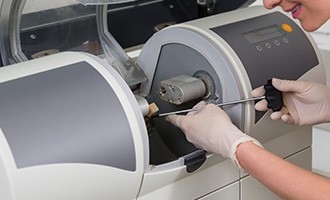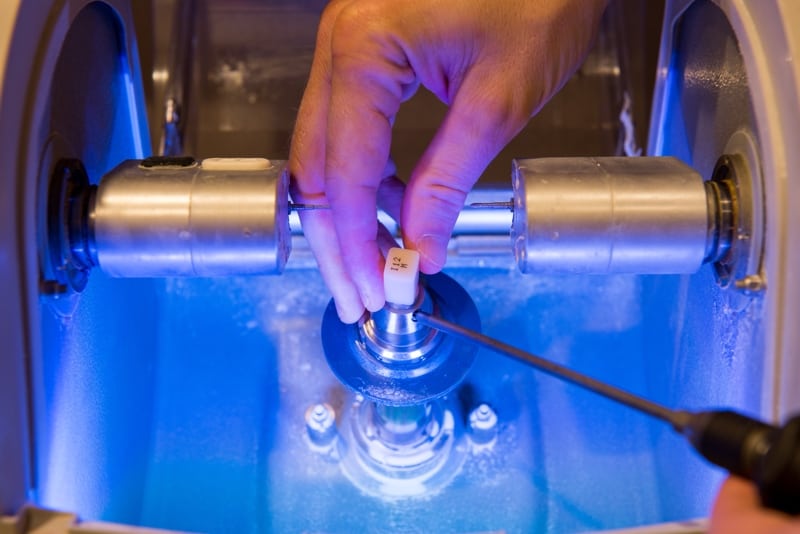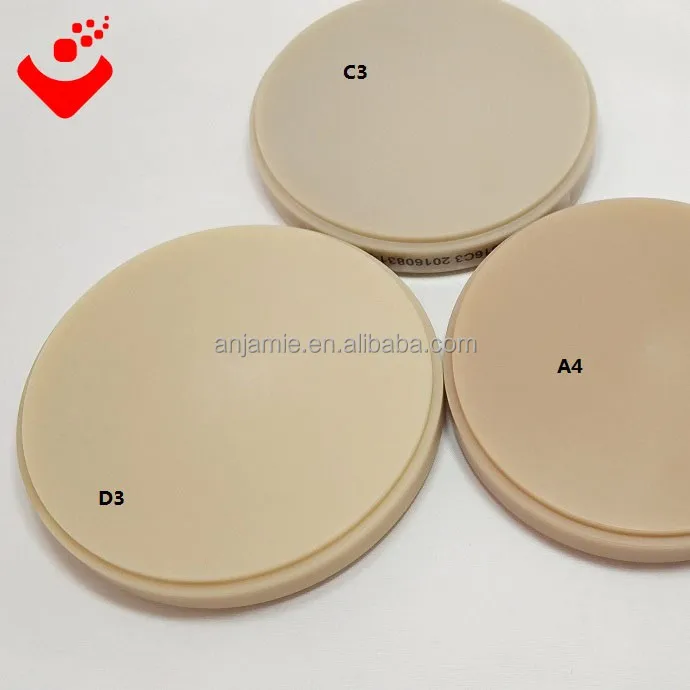

#Cerec blue block crown manual#
In order to exploit the full potential of the cubic zirconia KATANA™ Zirconia Block, users of the CEREC system need to adopt slightly different automatic and manual processing strategies than for glass ceramic processing. Apart from its natural translucency, the multi-layered structure of KATANA™ Zirconia Block with four gradient shades precisely imitating natural colour gradients found in anterior and posterior teeth leads to highly aesthetic outcomes. Its flexural strength is higher than that of lithium disilicate, its translucency on a level with the LT variant of the ceramic and its surface – if smoothly polished – antagonist-friendly causing low wear. In many cases, the innovative zirconia serves as a functionally and aesthetically sensible alternative to high-strength glass ceramics. KATANA™ Zirconia Block has hardly any common features with the zirconium oxide that captured dental laboratories two decades ago and was used as a framework material. Better fit than laboratory restorations due to the extremely detailed Blue Ray scanned imageĤ.KATANA™ Zirconia Block: Useful tips for processing No need for impressions and gagging on the silicone putty in your mouthģ. Convenience: Eliminates the second visit and problems associates with a temporary crownĢ.

After the milling is finished, we will polish the finished filling or crown and bond it into place.ġ. This process usually takes 8 to 18 minutes depending on the size and type of restoration. The data from the Acquisition Unit is used to direct two diamond coated burs to carve the block into the indicated shape of the restoration. The next step is to place the ceramic block into the Milling Unit. We will select a ceramic block that matches the shade of the tooth being repaired. Once we have designed your restoration (about 5 minutes), the data is communicated via a wireless radio signal to the CEREC Milling Unit.
#Cerec blue block crown software#
This software can assist us with designing any single tooth restoration: crowns, inlays onlays, and veneers. At that point, we design your restoration right on screen using the software while you wait. The computer and CEREC 3D software converts the digital picture to a three dimensional virtual model of your prepped tooth. This picture is used instead of a traditional impression. We use this extremely accurate camera to take a digital picture of your prepared tooth. The CEREC Acquisition Unit is mobile and houses a computer and the CEREC camera.

With CEREC crowns, you eliminate the need for a temporary and the second visit altogether. During the time the temporary is in place, you may experience sensitivity or have the temporary crown loosen and fall off. At the second appointment several weeks later, you would receive another injection, have the temporary removed, and have the final restoration put on. On the first visit at most dental offices, you get an injection of anesthesia, your tooth prepared, an impression taken, and a temporary restoration placed on your tooth. By utilizing this state of the art technology, you can have the entire procedure completed in one visit. This crown is designed and milled by a computer to fit your tooth precisely, thus eliminating the laboratory step in manufacturing the crown. A recent innovation available in our office is the "Computer-assisted design-Computer-assisted manufacture" crown, or "CAD-CAM." The company that is foremost in this technology is Cerec.


 0 kommentar(er)
0 kommentar(er)
